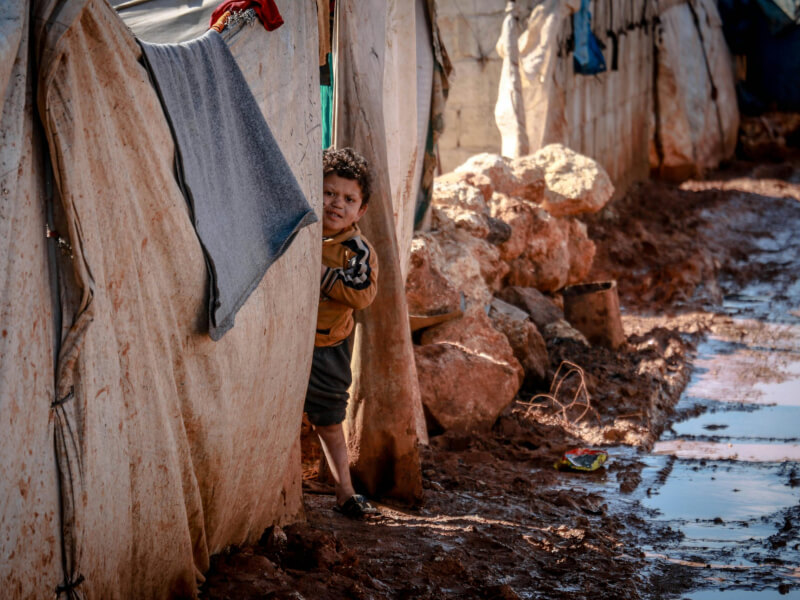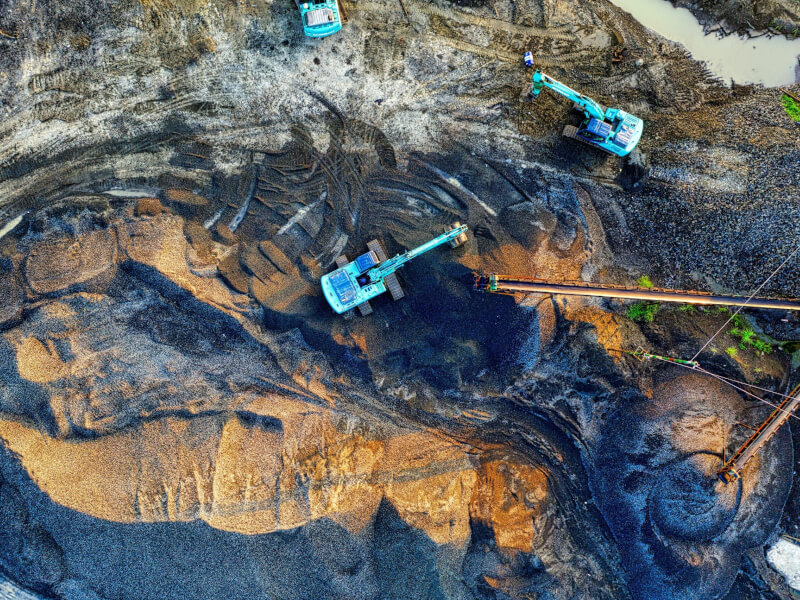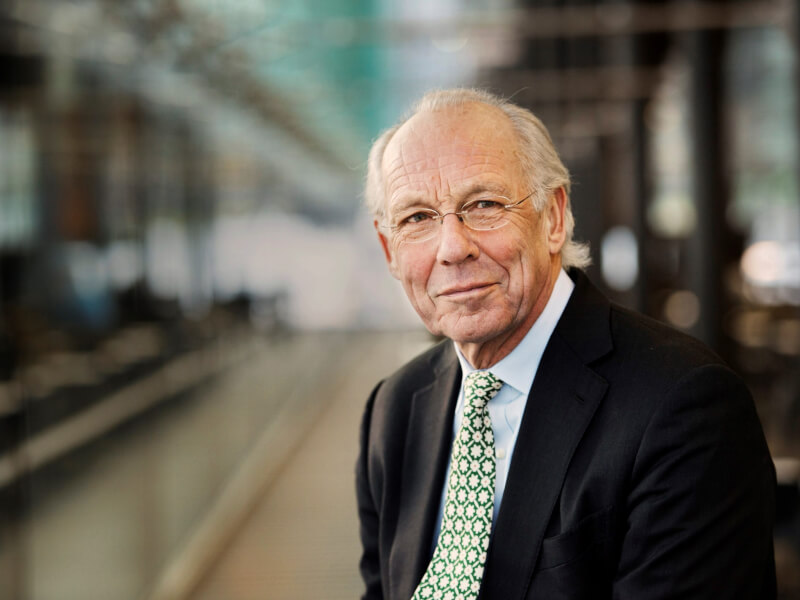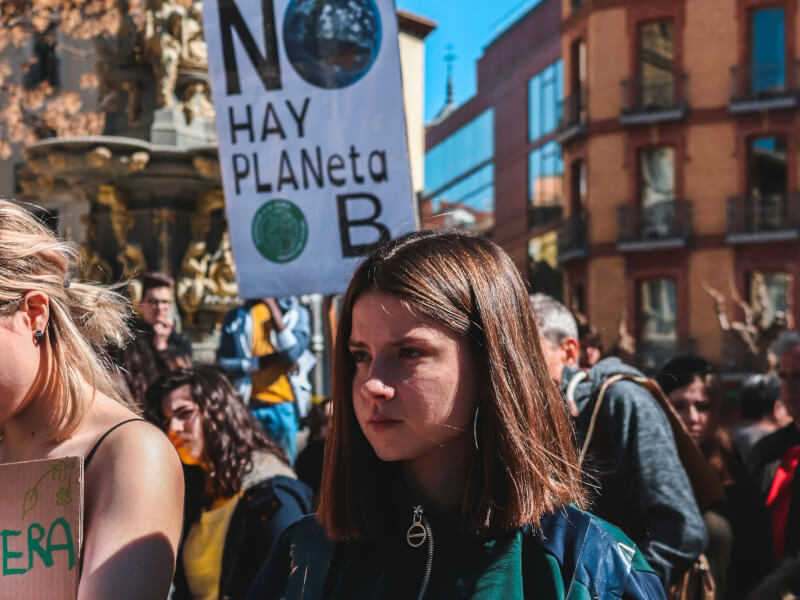21 October 2025 – In Part I of this two-part series, I examined the conflict at the heart of China’s Two Mountains Theory—the promise of both “green mountains and clear waters” and the “gold and silver” of economic growth. I argued that this framing is ultimately an absurdity: no climber can scale two mountains at once. They must choose between them.
What is less discussed—but no less urgent—are the human consequences of this conflict, especially for the world’s poor majority. If China commits to climbing the green mountain of Ecological Civilisation, it can help build a future where all people have a chance at healthy, meaningful lives. If it persists in trying to climb both mountains, the ecological costs of fossil-fuelled growth will fall most heavily and immediately on those least able to bear them.
This is the lived reality of climate disruption: those who contribute least to the problem suffer first and worst.
China’s extraordinary achievement in poverty reduction
According to the World Bank, over the past four decades, China has lifted more than 800 million people out of extreme poverty. This is the single largest and most rapid poverty reduction achievement in human history.
- Rural electrification brought power to villages that once relied on kerosene lamps.
- Expansive road and rail networks connected remote communities to jobs, markets and health care.
- Urban migration created new opportunities for millions, who found steady wages in factories and construction.
- Public investment in housing, schools and clinics brought improved shelter, education and health care to rural and urban poor.
For China’s poor, these were life-changing gains. Clean water, reliable food, education and income became available to families who had long struggled to meet their most basic needs.
The problem is that much of this progress was achieved through coal-fuelled growth and environmentally destructive industrialisation. In the short run, it worked. In the long run, the same growth model threatens to undo the gains by undermining the ecological foundations of human wellbeing.
Who are the poor majority today?
Even after China’s progress, the global picture remains stark. Roughly 3.4 billion people—nearly half the world’s population—live on $5.50 a day or less. They are small farmers, fishers, slum dwellers, the unhoused and day labourers.
For them, survival depends on healthy soils, clean water, stable weather and access to food and affordable energy. Any disruption—whether from floods, droughts or food price shocks—can push them from hardship into destitution.
When China builds coal plants to fuel its own economy, the resulting greenhouse gases destabilise climate systems in Africa, South Asia, Latin America as well as in China itself—all places where the poor majority lives with little cushion against crisis.
The Climate Burden of Coal
The burden of the coal-fired “gold and silver mountain” is already landing most heavily on the poorest communities.
- Droughts in East Africa: Prolonged droughts, intensified by global warming, devastate subsistence food and livestock farmers, undermining food security for millions.
- Floods in South Asia: Heavier monsoons and rising seas inundate Bangladesh and coastal India, displacing the poor who have nowhere else to go.
- Heat waves in South America: Intensifying heat punishes outdoor workers—construction labourers, market vendors, small farmers—who cannot escape to air-conditioned offices.
These burdens are not abstractions. They are the everyday reality of Earth’s poor majority. When China locks in new coal capacity to serve its own economic expansion, it commits these billions to deeper displacement and instability.
The promise of the green mountain
And yet, the alternative is visible in China’s green mountain initiatives. If China—and the world—were to throw their full weight behind such initiatives, the consequences could be transformative for the world’s poor.
- Renewables: As China drives solar and wind costs further down, the poor majority can gain access to clean, decentralised power without dependence on expensive imported oil or gas.
- Sponge cities and water resilience: If China’s “sponge city” innovations (that retain water in beneficial ways) were widely shared, they could protect flood-prone cities worldwide, shielding the world’s poorest communities from both floods and water shortages.
- Afforestation and soil restoration: The vast Loess Plateau forest restoration project shows how degraded land can be restored to health, supporting farmers and stabilising rural economies. Similar approaches in Ethiopia, Kenya and India could secure livelihoods for millions.
- Electric mobility: China’s advances in electrified transport—from buses to bikes—offer models that could make affordable, clean mobility possible in cities where the poor currently rely on dirty, unsafe vehicles.
The choice is stark: climb the green mountain and expand the life possibilities of billions—or cling to the gold and silver mountain and deepen global inequality.
Inequality within China
This contradiction plays out not only globally, but also within China itself. China’s urban elite enjoy high-speed rail, luxury electric vehicles and air-conditioned apartments. But China’s rural farmers often live on margins that are not so different from their counterparts in the Global South. They bear the brunt of air and water pollution from coal plants and heavy industry. They face land degradation and displacement when mega-projects seize farmland for highways, dams and airports.
China’s poverty reduction lifted hundreds of millions, but inequality is widening. The benefits of the green mountain strategy could consolidate gains for rural populations. The costs of the gold and silver mountain strategy risk leaving them behind once again.
Exporting China’s strategic contradictions through the Belt and Road Initiative
The contradictions of China’s Two Mountains strategy extend beyond its borders through its Belt and Road Initiative (BRI), China’s flagship international development and infrastructure program. Launched in 2013 by President Xi Jinping, it seeks to strengthen global trade, investment and connectivity by financing and building infrastructure across Asia, Africa, Europe and Latin America.
The BRI has brought both benefits and costs: it has financed railways, solar farms and transmission lines that could accelerate green development in partner countries. But it has also exported coal plants, cement production, and car-centred highways that lock poor nations into fossil-fuel dependency.
For the poor majority in these countries, the costs of BRI’s fossil exports—pollution, climate vulnerability, debt—can outweigh the benefits. China’s choice of which mountain to climb thus reverberates far beyond its borders.
Trump’s commitment to gold and silver
The stakes are even higher given the return of Donald Trump to the US presidency. Trump openly mocks climate science and dismantles environmental safeguards. His policies accelerate fossil fuel extraction, embolden polluters worldwide and weaken multilateral climate agreements.
In this vacuum, poor nations have little recourse but to look to China and the European Union for leadership. Europe can provide moral leadership and regulatory models, but only China has the capacity to reshape the physical infrastructure of development at the necessary scale and speed.
If China doubles down on its gold and silver mountain strategy of economic expansion to provide luxuries for the rich, the poor will pay the price. If it chooses the green mountain strategy of ecological restoration, it could lift billions toward resilience. To attempt to climb both mountains ensures failure to reach either summit, even temporarily.
*******
China deserves recognition for lifting more people out of poverty than any nation in history. That is a profound achievement. But if it continues to pursue both mountains at once, it risks undoing that progress for its own poor and condemning billions more around the world to a future of poverty, climate chaos and ecological destruction.
If, however, China commits fully to the green mountain—choosing Ecological Civilisation over fossil-fuelled growth—it could consolidate its gains at home and transform the prospects of the poor majority worldwide. In a world where US leadership falters under Trump’s agenda, the poor majority desperately needs China to rise to the challenge. The choice is stark. And time is short.




